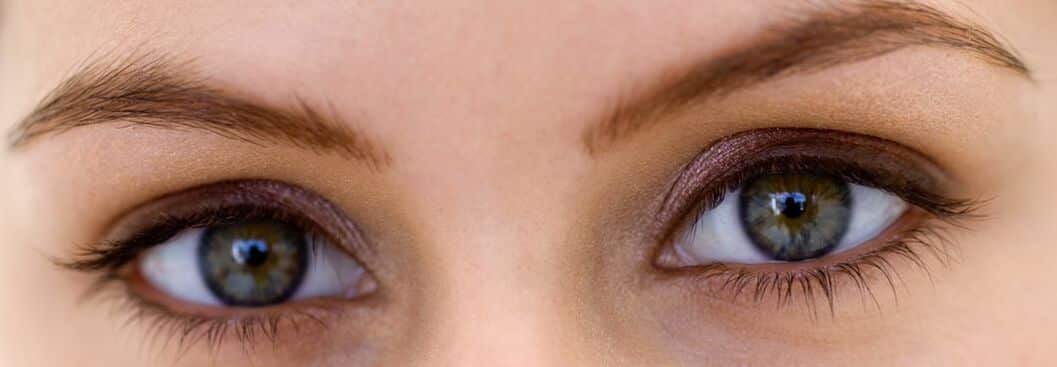Art Offers Fast Relief

I didn’t believe it either. I heard about this in a meeting on Trauma Informed Care last year – some new therapy that erases painful images. I looked it up online and was both amazed and skeptical. Could this be possible? I watched the founder Laney Rosenzweig’s TEDx Talk. I watched a news clip about a veteran whose PTSD was cured in one session, and more videos from individuals who reported similar success. After checking out the Accelerated Resolution Therapy website, I found myself registering for the Basic training in March. In 3 days with Laney and a group of therapists, psychologists and psychiatrists, I had learned about the science behind ART, both experienced and administered it, and remained amazed, yet still in disbelief.
I started using ART immediately with clients who had painful memories with distressing images, emotions, and sensations. As each of these clients reported weeks after the ART sessions, that they could not find the images even if they tried, I had no choice but to accept that this therapy works and it works fast. They had the facts, but lost the pain. After completing the Advanced and Enhanced ART trainings in early September, I am very excited to be offering ART to clients in my practice.
An eye-movement therapy that erases images sounds strange and unbelievable. There are many scholarly articles and studies available about it, but I’d like to answer some typical questions here.
In order to survive, we have to remember fear – so that we learn to be afraid of dangerous things. If a person develops a fear of spiders, the memory of the fear is recalled at the sight of a spider. Processing the memory with ART, removes the fear associated with the image of the spider. Other emotions or mood states such as anxiety or depression, are strongly associated with images and memory. Processing memories that may be at the root of this distress with ART, helps to separate the facts from the distress.
If you are curious, I encourage you to look at some of the links above to find out more about it. You can find an ART therapist near you, or if you are near Cornwall, NY, you can contact me for more information.